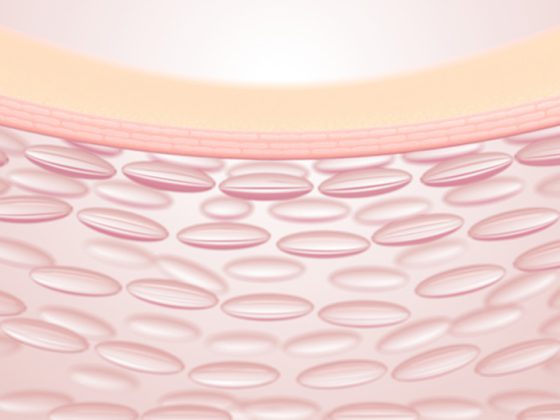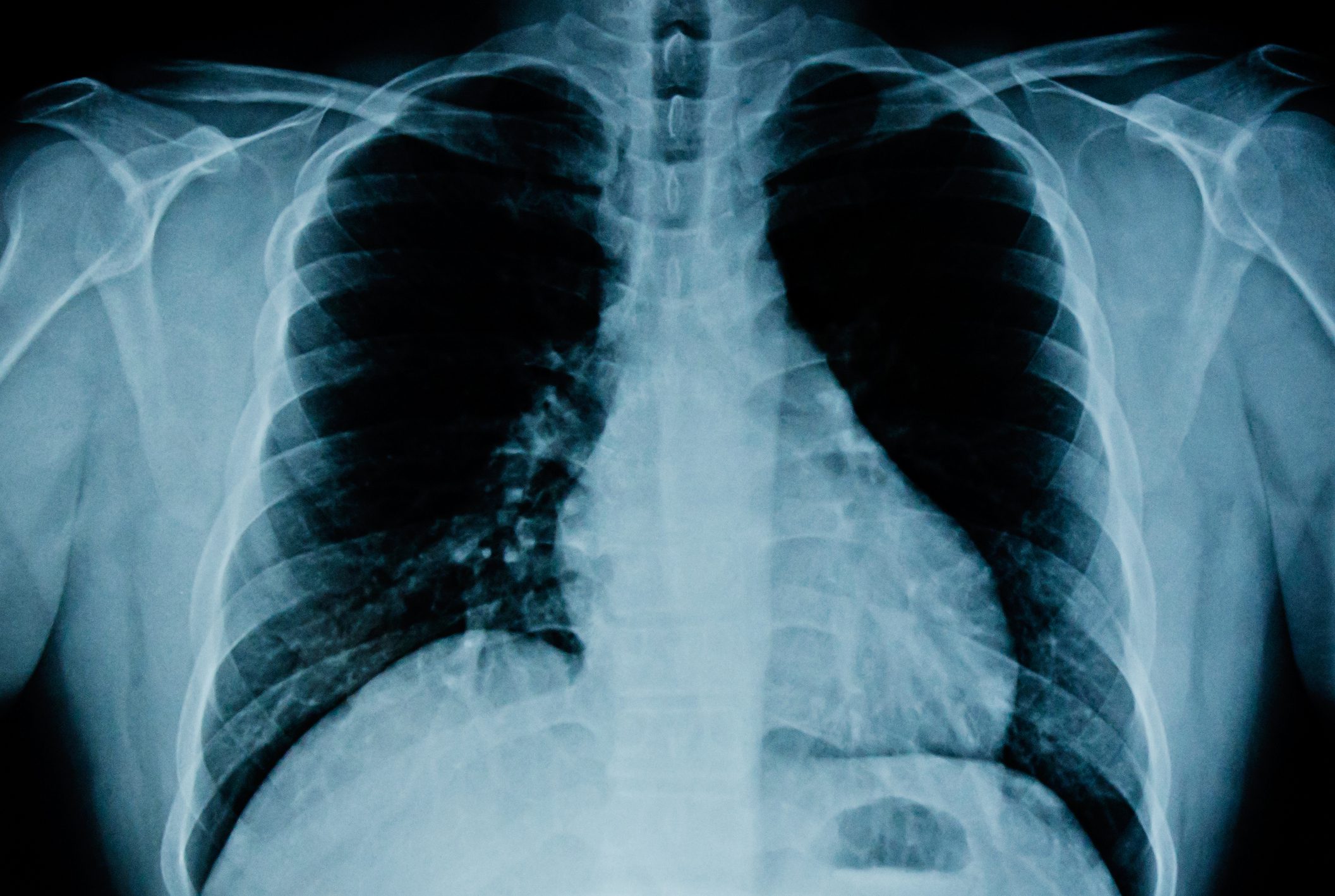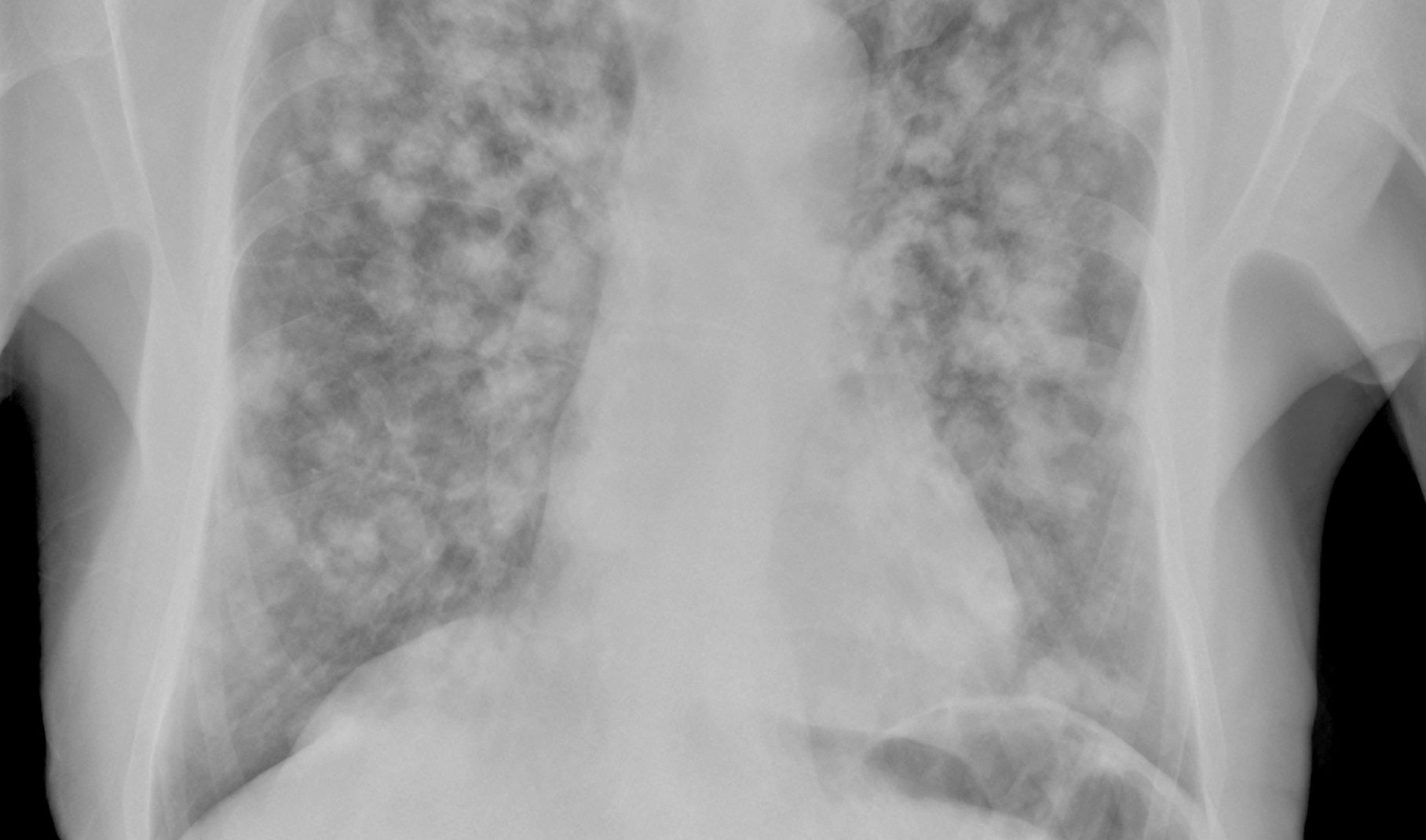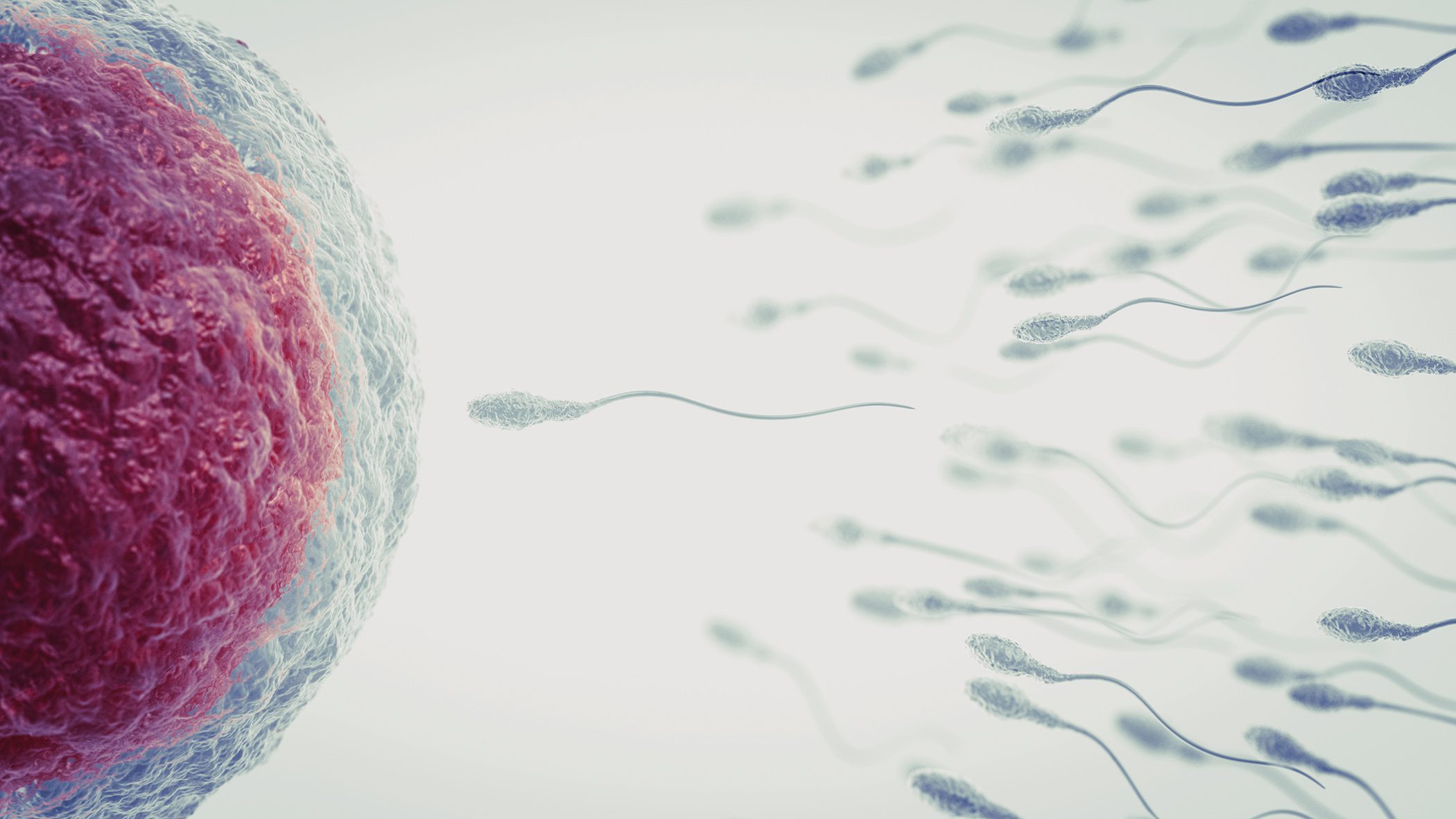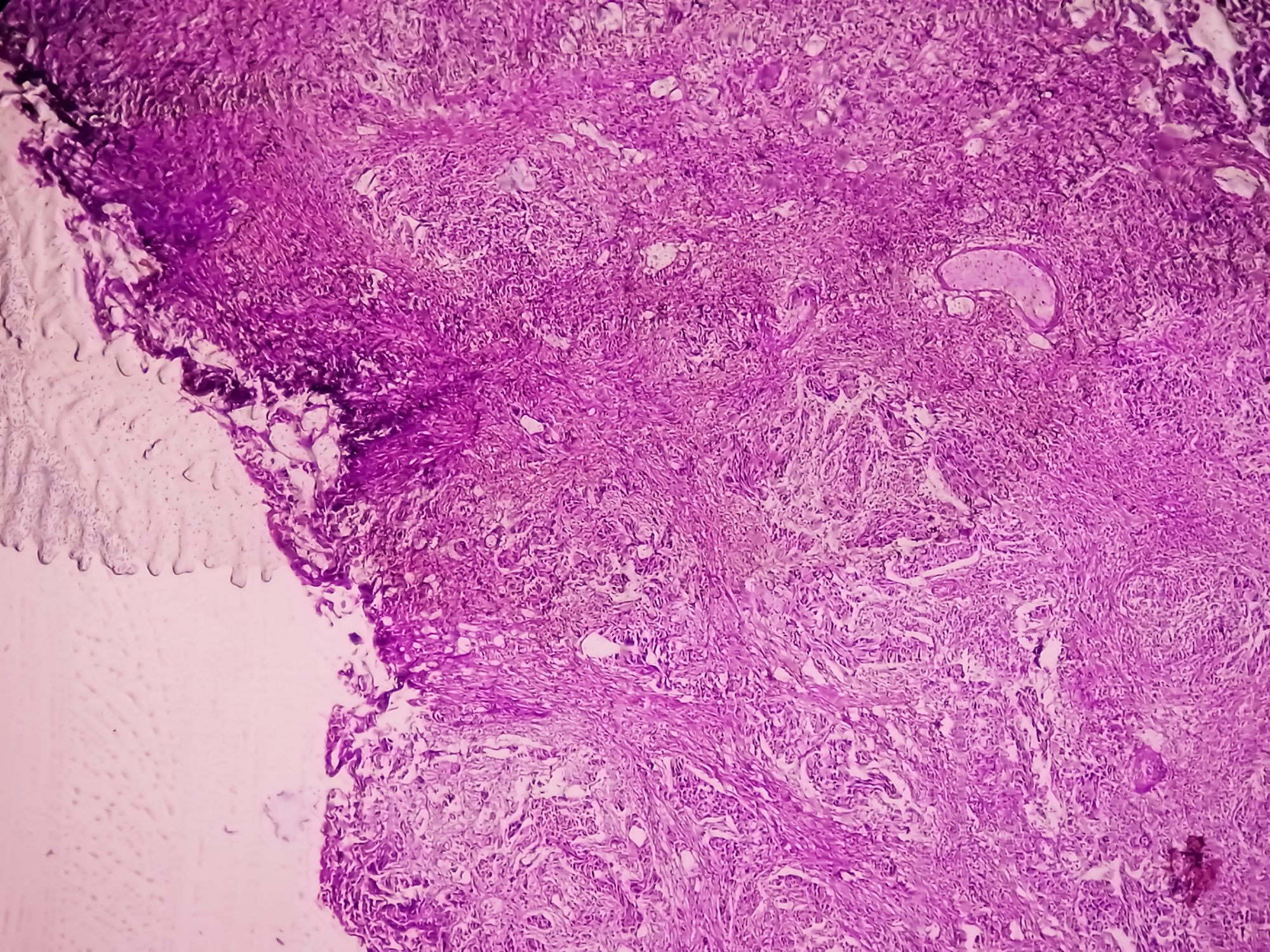It is estimated that one to two percent of adults in Germany have a vascular aneurysm in the brain. If this aneurysm bursts, it is a life-threatening emergency. Interdisciplinary teamwork is required here. A special focus placed on this year’s workshop. In addition, the question of which parts of this treatment need to be performed in appropriately equipped and trained neurointensive care units was also addressed.
In particular, demographic change and environmental factors are already having a foreseeable impact on the number of patients requiring neurointensive care, say Dr. Julian Zimmermann and Dr. Felix Lehmann, conference secretaries of ANIM 2023, which is why this was also one of the main topics of the congress. It is a special challenge to optimize the structures of intensive medical care for neurological and neurosurgical patients quickly and sustainably. Congress President Prof. Dr. med. Hartmut Vatter added: “The massive bed pressure in the context of the COVID pandemic has of course been the driving force and food for thought. Despite the bed pressure, the question remains how specific neurointensive medicine is within intensive care medicine and which parts of it must be left structurally or to what extent they can also be covered by internal medicine or purely anesthesiological intensive care medicine.” Two aspects are relevant here – on the one hand, the clinical pictures themselves and, on the other, their temporal course. In the initial phase of a subarachnoid hemorrhage, stroke, or traumatic brain injury, neurosurgical-neurological expertise is certainly the focus in terms of treating cerebral edema, cerebral perfusion disturbance, and some other cerebral problems. Having patients treated in a general intensive care unit at this early stage is rather critical.
The central point of demographic change is above all the aging of the population. Accordingly, an ever-increasing number of stroke patients can be expected to require appropriate treatment. In addition, the intensive care challenges are also significantly greater in elderly traumatic brain injury patients and all other conditions. It is a matter of blending comprehensive high-quality care for relatively common conditions, such as stroke or traumatic brain injury, with highly specialized treatment for aneurysmal subarachnoid hemorrhage or vascular malformations, which simply because of volume can only be performed at a few centers that have sufficient expertise with their caseload. This will be addressed by neurovascular networks and neurovascular centers of excellence that interact with each other to provide high-level spatial care.
Each in his own field
Why interdisciplinarity plays a major role, especially in neurointensive care, can be explained by the necessary expertise. Vatter is certain that, especially in a modern medicine, the idea that there could be a “jack of all trades” is outdated. Therefore, it is essential that everyone does what they do best and what their training is specialized in. Neurointensive care is certainly an intersection of this. Here it is important that anesthesiological, internal medicine, neurological and neurosurgical competences are bundled. Of course, all of this must be supported by optimal imaging as well as the possibilities of neuroradiological interventions. However, the fact should not be neglected that a neurointensive care unit only functions well if, similar to the cooperation between neurologists, neurosurgeons, internists and anesthesiologists, nursing, physiotherapists and, above all, speech therapists also function well together. In particular, the challenge lies in ensuring that the individual specialties and also the nursing and therapy sectors interact and exchange information with each other and do not just coexist, the expert emphasized.
Congress: Working Conference NeuroIntensive Medicine (ANIM)
InFo NEUROLOGIE & PSYCHIATRIE 2023; 21(1): 29



